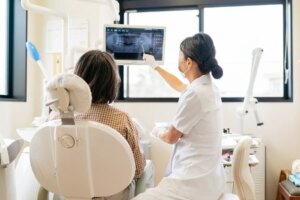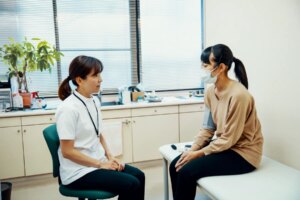If you’re considering moving to Japan (日本, Nihon/Nippon), reliable access to a variety of medical services is vital. Luckily, the country’s healthcare system is deemed one of the best in the world, and insurance options are comprehensive.
That said, things can be a bit more complicated when it comes to women’s health. Certain types of contraception are tricky to obtain, and a visit to the doctor may differ from what you’re used to.
Discover what you need to know about women’s healthcare in Japan, including:
- Women’s healthcare in Japan
- Accessing Japanese women’s healthcare services
- Insurance for women’s healthcare in Japan
- Japanese gynecologists
- Women’s clinics and healthcare centers
- Cancer screenings in Japan
- Japanese women’s mental healthcare services
- Menstrual health in Japan
- Women’s sexual and reproductive healthcare in Japan
- Japanese contraception options
- Abortion in Japan
- Japanese fertility treatments
- Japanese maternity healthcare services
- Breastfeeding in Japan
- Menopause in Japan
- Japanese services dealing with violence against women
- Useful resources
Cigna Global
Enjoy peace of mind while living in Japan with Cigna Global’s long-term international health insurance plans (12+ months). Get tailored coverage, direct billing with many providers, complex case management, and global care on demand, with access to a network of 1.5+ million doctors, specialists, and therapists.
Women’s healthcare in Japan
Japan’s Ministry of Health, Labour, and Welfare (MHLW – 厚生労働省, Kosei Rodo Sho) manages healthcare across the country. Foreigners living in Japan can enjoy universal healthcare, just like Japanese citizens. As a rule, the standard of medical treatment is very high. Japan has one of the longest life expectancies in the world and is known for top-quality hospitals and clinics.

Japanese women, in particular, have an exceptionally high life expectancy, living an average of 88 years (2022). This is well above East Asia’s average of 77 years. However, despite these excellent markers, there are still some problems with women’s healthcare.
In particular, there is a major shortage of female doctors. In 2020, just 21.9% of Japan’s doctors were women. A 2018 scandal revealed that Tokyo Medical University was systematically marking down female applicants, sparking a national conversation about the gender gap in medicine.
Accessing Japanese women’s healthcare services
Japan has a universal healthcare system that is open to foreign long-term residents (i.e., anyone who stays in Japan for more than three months).
Long-term residents are legally required to take out public health insurance (健康保険, kenko hoken). In fact, your visa might not be approved without it. Usually, your company will help you get employment-based health insurance if you have an employment contract. Self-employed individuals, retirees, part-time workers, and students must apply for national health insurance.
To apply for public health insurance, you’ll need to go to your local municipal office. Bring the following documents:
- Passport (パスポート, pasupoto)
- Japanese visa or residence card (在留カード, zairyu kado)
- Social security number (個人番号/マイナンバー, kojin bango/mai namba)
- Proof of your Japanese address
- Proof of income, which insurance payments are based on
You will receive a health insurance card (保険証, hoken sho), which you should carry with you. If you need to visit a hospital or clinic, this card confirms that you have insurance.
Insurance for women’s healthcare in Japan
Residents of Japan must have health insurance, and there are three different types available:
- Students, part-time workers, and freelancers generally join National Health Insurance (国民健康保険, kokumin kenko hoken)
- Full-time employees have Social Health Insurance (被用者保険, hiyo sha hoken), which is organized through their company.
- There is also separate health insurance for residents aged 75 or above (後期高齢者医療制度, koki korei sha iryo seido).
Health insurance in Japan generally covers 70% of medical costs. Some crucial parts of women’s healthcare are not covered though, including contraception, fertility treatments, abortion, and childbirth. However, the Japanese insurance system does offer a single lump sum payment of ¥500,000 when a baby is born.
Taking out an additional private insurance plan can help you with these parts of women’s healthcare that are not covered. It can also give you access to shorter wait times and more English-speaking doctors. Here are some options for international private insurance providers:
Japanese gynecologists
You don’t need a primary doctor’s referral to visit a gynecologist in Japan. Instead, you can make an appointment directly with the gynecological clinic. Adult women may be entitled to a free or subsidized pap smear test yearly, depending on their age and where they live.
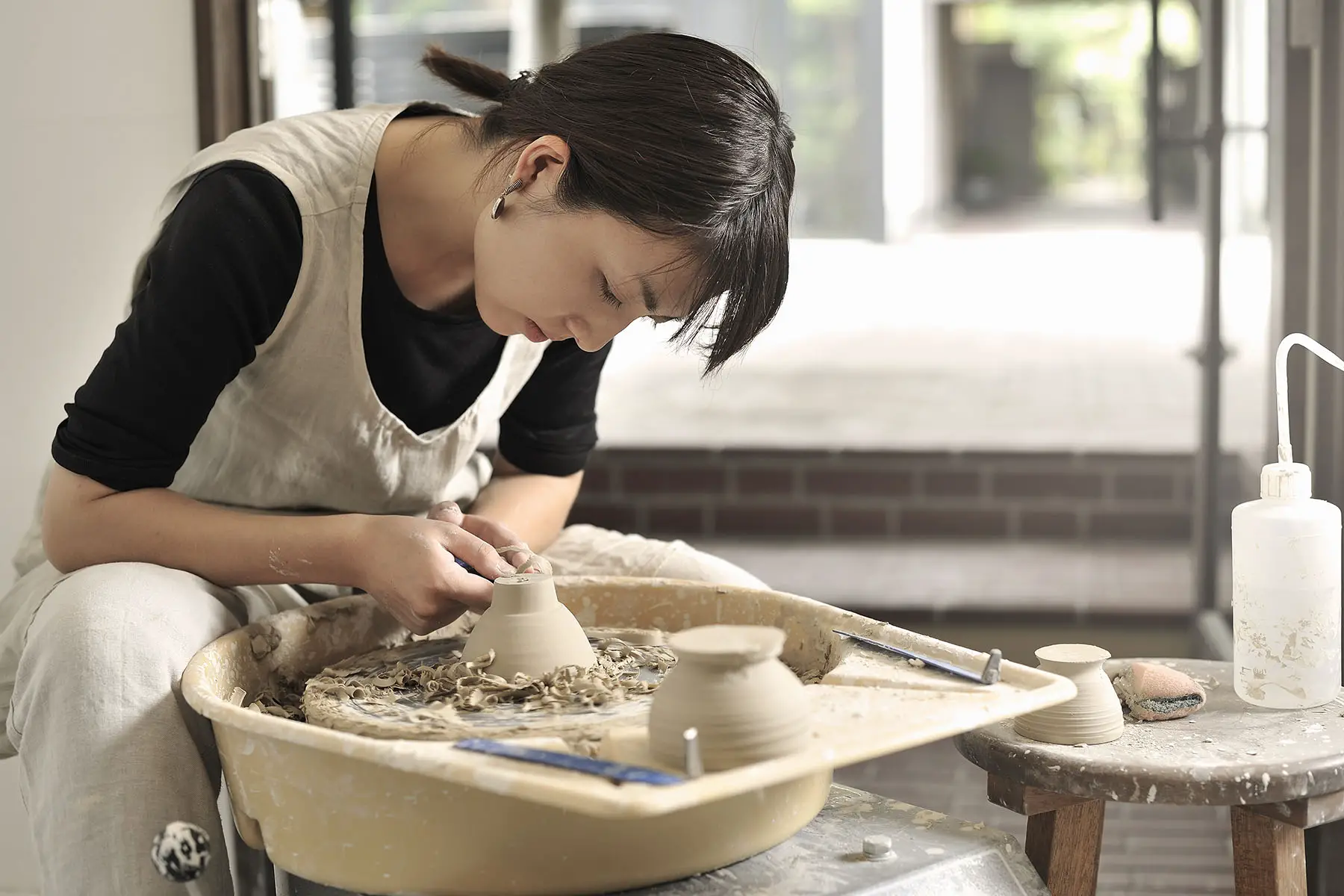
In a large city like Tokyo, you might have an easier time finding an English-speaking gynecologist. However, you may need to bring an interpreter in a smaller town or rural area. In major cities you can also usually find clinics with female staff. However, this is not always possible due to the shortage of women doctors in Japan.
For the first visit to a clinic, make sure to bring your:
- Health insurance card
- ID card
- List of any medicines you are taking
- List of allergies, if applicable
Your first visit to the gynecologist in Japan will usually involve a pap smear test and pelvic exam. Japanese gynecologists usually draw a curtain across your lower body when conducting examinations. This is due to the country’s cultural norms around modesty, and it may feel awkward at first if you are trying to converse with your doctor. A trip to the gynecologist usually ends with vaginal cleaning, which can feel like a jet of water being sprayed at you.
Women’s clinics and healthcare centers
You’ll find women’s healthcare clinics in cities and towns across Japan. In smaller areas, there may be a department within a hospital. Many women’s clinics have weekly walk-in hours so you can attend without a prior appointment.
Cancer screenings in Japan
Technically, Japanese health insurance does not cover pap smear tests. However, local councils nationwide run their own programs, sending vouchers by mail to eligible residents.
Cervical cancer screenings start at the age of 20, and residents should receive their voucher every two years. There is no upper age limit. Vouchers usually have the name of a specific local gynecological clinic. You can go there with your ID to receive your pap smear test. Depending on your area, the screening should either be free or heavily subsidized.
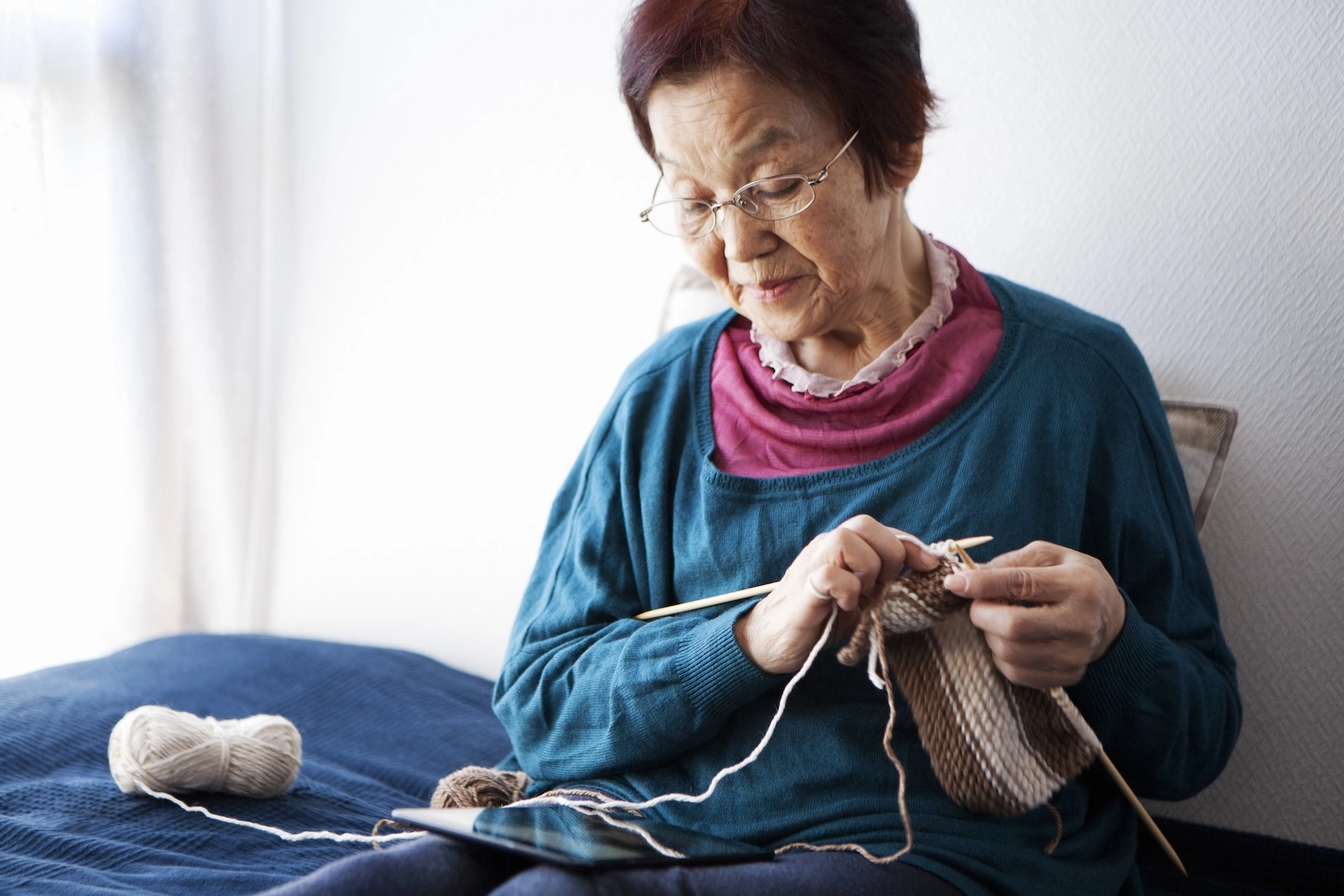
Some local councils also offer free or subsidized mammograms (マンモグラフィー, manmo gurafi), which usually start at age 40. However, the breast cancer screening rate is very low in Japan, at just 44% as of 2020. By comparison, screening rates are over 80% in the United States and over 70% in European countries like the Netherlands and Italy. Japanese national health insurance does not cover mammograms, so if your local council does not offer a voucher, you must pay for the procedure.
Japanese women’s mental healthcare services
Mental healthcare in Japan is a rather complex issue. A historical stigma around mental health problems and treatment creates barriers for many people. What’s more, mental healthcare can be prohibitively expensive.
Health insurance covers psychiatrists, with a set fee of ¥3,300 for a session under 30 minutes and ¥4,000 for longer. However, health insurance does not cover psychologists or private counseling, which can cost ¥5,000–20,000 a session.
You will first need a referral from an internal medicine doctor to see a psychiatrist. Appointments may be difficult due to a low number of mental health professionals. A 2007 study found that Japan had an unusually low number of psychiatrists at only 10 per 100,000 people. This is much lower than in other highly developed countries. For example, Germany has 27 psychiatrists per 100,000 people.
When it comes to women’s mental healthcare, Japan has a lot of room to grow. More specific healthcare services are needed for common issues such as postpartum depression. In recent years, there has been a crisis in mental health equality with the suicide rate increasing faster among women than men.
Experts note that Japanese women are often forced to find creative solutions to the issue of mental health. For example, eating disorder sufferers have created a national support group, the Nippon Bulimia and Anorexia Association (NABA – 日本アノレキシア・ブリミア協会, Nippon Anorekishia Burimia Kyokai). This kind of support can help fill the gaps in public healthcare.
Menstrual health in Japan
You will find many menstrual products (生理用品, seiri yohin) in Japan, ranging from standard tampons and pads to reusable, eco-friendly alternatives. The Japanese-invented menstrual disc is a local version of the cup. You can also buy period underwear as a reusable alternative to pads.

Surveys have recently highlighted period poverty as a real problem in Japan. To combat this, some local councils have set up locations where free menstrual products are available. You can find a map of these in the Tokyo area on the Misetan website.
You should visit a doctor if you experience problems such as irregular bleeding, severe pain, or premenstrual syndrome symptoms that interfere with daily life. Some offer walk-in appointments, particularly in large cities.
Women’s sexual and reproductive healthcare in Japan
There are very few clinics that focus specifically on women’s sexual healthcare in Japan. Instead, you usually need to go to an internal medicine doctor or a gynecologist.
Sexually transmitted infection (STI) tests are available in Japan. If you are worried that you might have a sexually transmitted disease (性感染症, sei kansen sho), ask your doctor for advice. They will usually refer you to a gynecologist. In some cases, such as genital warts, they may direct you to a dermatologist instead.
Japanese health insurance only covers STI testing if you have symptoms. If you do not have symptoms but would still like a test, you must cover the costs on your own. You can either go to a gynecologist for testing or use home testing kits. These are cheaper but may be less thorough.
Japanese contraception options
In Japan, women’s healthcare professionals can prescribe birth control pills. National health insurance does not cover the cost of the medication, and you cannot buy them over the counter. Before a prescription, your gynecologist may give you blood tests or a pap smear.
Compared to other highly developed countries, Japan has fewer options for the pill. Finding the mini-pill can be tough, and you may encounter problems if looking for a specific brand. As of 2015, only 1.1% of Japanese women used birth control pills, an exceptionally low number compared to other countries.
Gynecologists in Japan can insert an intrauterine device. You can find both coils and vaginal rings. Having an implant put in is expensive, and national health insurance does not cover it. Most gynecologists will not fit an IUD on a young woman with no children. However, they will generally recommend inserting it if you have given birth before.
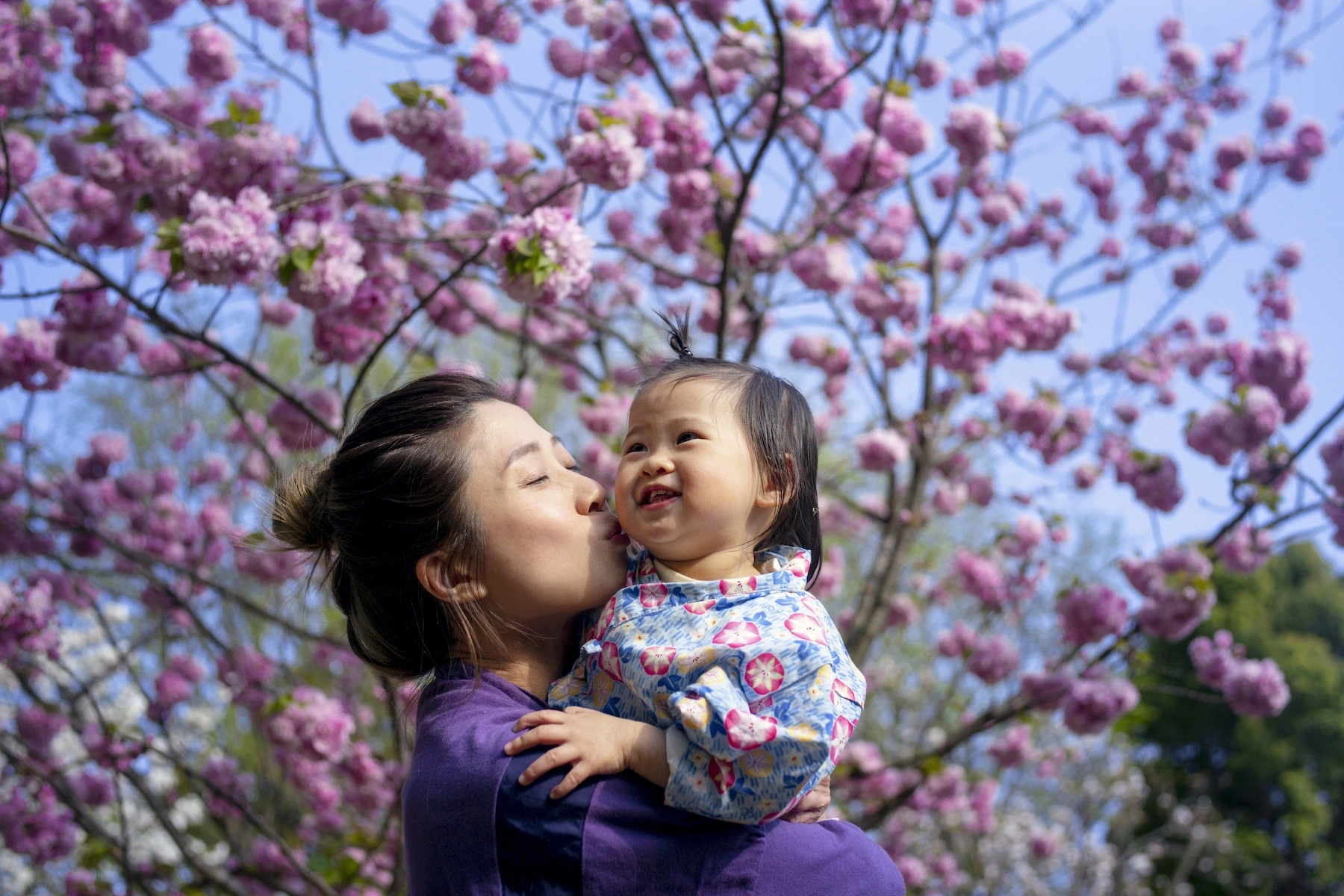
The morning-after pill is only available with a prescription. When you call to make your appointment, be sure to check that your doctor is willing to prescribe the morning-after pill. Some doctors morally object and will not write prescriptions for it.
There is some good news for your sexual health in Japan. You can easily buy condoms over the counter in convenience stores or drug stores.
Abortion in Japan
Abortion is legal in Japan until 22 weeks. It is available for economic hardship, rape, or medical issues. After 22 weeks, it is only available in extreme cases. Abortions in Japan take place at gynecological clinics. After 12 weeks, the procedure requires hospital admission.
For many years, surgical abortion was the only option in Japan. However, in 2023 the country legalized abortion pills following widespread women’s rights campaigning. You can use these pills within the first nine weeks of pregnancy.
Although abortion is legal, Japan’s traditionally patriarchal society means difficulties are attached to the procedure. Married women must have written consent from their husbands before they can have an abortion. Doctors may also ask unmarried women for the father’s permission. Women’s rights groups have ongoing campaigns about this issue, saying that it limits access to abortion.
Japanese health insurance does not cover abortion, which is expensive (¥100,000–200,000). There are usually at least three visits required, including a pre-surgery consultation, the operation, and a post-procedure check-up. The recent legalization of abortion pills may result in lower cost and more accessible procedures overall.
Japanese fertility treatments
In vitro fertilization (IVF)and artificial insemination are available in Japan. In 2022, the Japanese government announced that health insurance would cover 70% of IVF treatment costs. Women under 40 can have up to six treatment cycles per child, while women aged 40–42 can have up to three. There is no age limit for men.
Japan limits IVF treatment to different-sex couples who are legally married or have common-law partners. They must be diagnosed with infertility, which usually requires a year of trying unsuccessfully for a baby.
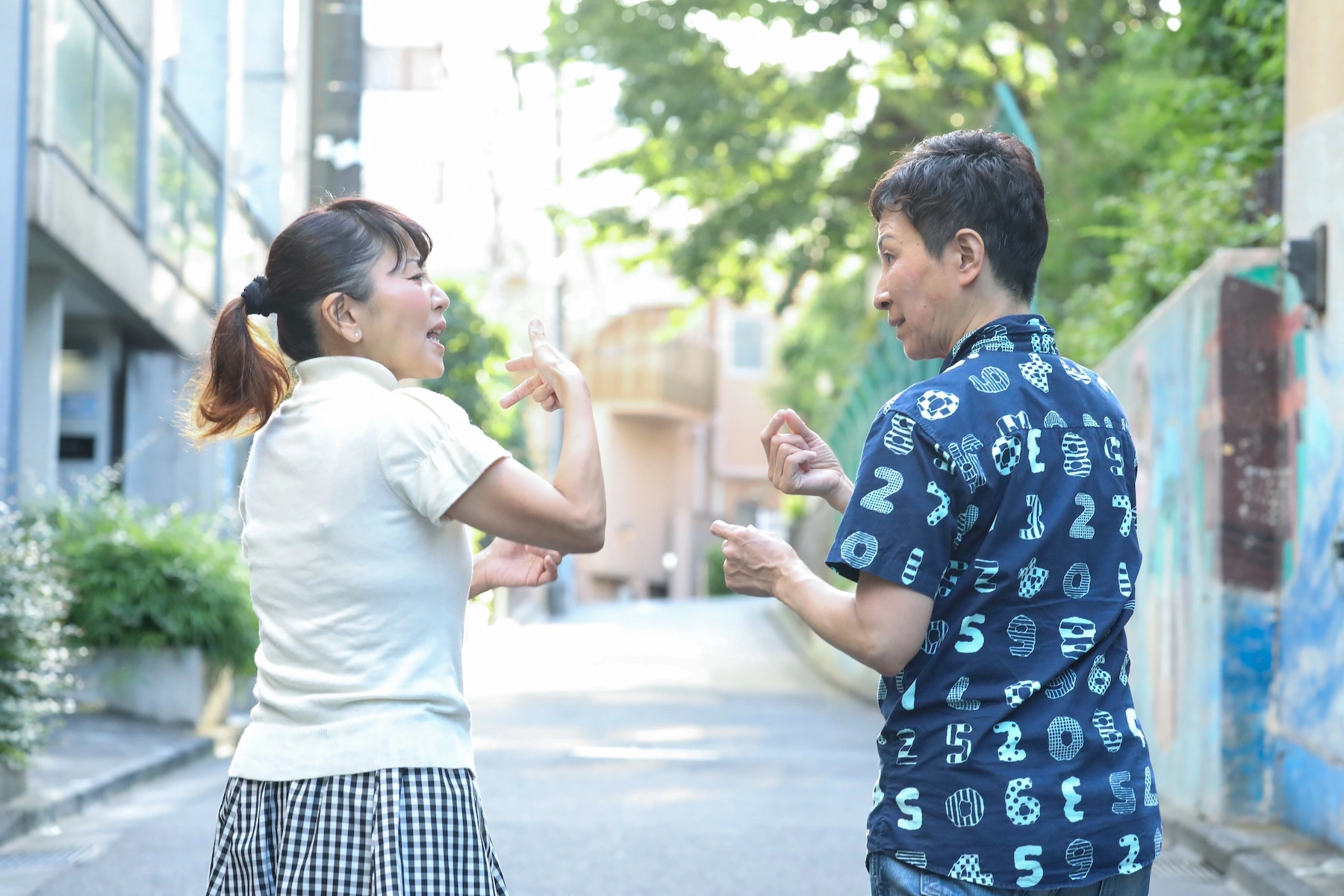
In 2021, the Japanese government chose to expand insurance coverage of IVF to combat the declining birth rate and aging population. The average age of a woman having her first baby in Japan is 30.9, and the country now has a birth rate of just 1.3.
Japanese maternity healthcare services
If you think you might be pregnant, you can use a home testing kit. These are widely available at drugstores. If the test is positive, you will probably want to make an appointment with your gynecologist to discuss the next steps.
Health insurance does not cover prenatal or postnatal checkups. Instead, your local council will send you maternity vouchers (妊産婦健康診査費用補助券, nin sanpu kenko-shinsa-hiyo hojoken) to help cover the costs. Some also offer special bonuses such as free house cleaners or massage treatments.
To get your vouchers, you will need to complete a pregnancy notification form (妊娠届出書, ninshin todokede sho), found on most Japanese municipality websites.
You are expected to make a birth reservation with a hospital and must pay a deposit. When having a baby in Japan, you usually spend about six days in the hospital or a specialized maternity home. New mothers can start maternity leave six weeks before their due date. It continues for eight weeks after giving birth. After that, childcare leave is available until the day before the child’s first birthday.
Breastfeeding in Japan
Japanese culture values privacy and modesty. As a result, you will rarely see women breastfeeding in public without a cover. Nursing rooms (授乳室, junyu shitsu) are common in department stores, shopping centers, and even on trains. These provide parents with a quiet, private space to breastfeed.
Although openly nursing a baby in public is still somewhat taboo, breastfeeding is very popular in Japan. A 2021 study found that 90% of mothers intend to exclusively breastfeed their baby, and 50% are still doing so when the infant is three months old.
Menopause in Japan
You can go to a women’s healthcare professional for advice during menopause in Japan. Treatments such as hormone replacement therapy (HRT) are available but not covered by health insurance.

Studies have shown that, in general, Japanese women tend not to visit their doctors during menopause. Instead, they prefer to self-treat, focusing on diet and supplements.
Japanese services dealing with violence against women
Violence (暴力, boryoku) against women is an ongoing problem in Japan. Domestic violence, stalking, and revenge porn reached record levels during the COVID-19 pandemic. In response to rising levels of domestic abuse, Japanese authorities launched a new hotline with multilingual support available.
If you require immediate assistance you can call 110 for police and 119 for an ambulance.
Here are some resources available for women who suffer from violence in Japan:
- House in Emergency of Love and Peace (HELP) (女性の家HELP, Josei no Ie Herupu) – A shelter for women and children fleeing domestic violence
- Asian Women‘s Center (アジア女性センター, Ajia Josei Senta) – A multilingual support service with a hotline available on weekdays from 9:00–17:00
- Counseling Center for Women (女性のための相談センター, Josei no tameno Sodan Senta) – A support service for foreign women living in Japan
- Tokyo Rape Crisis Center (東京・強姦救援センター, Tokyo Gokan Kyuen Senta) – A telephone counseling service (currently in Japanese only)
- Sexual Assault Referral Center Tokyo (性暴力救援センター・東京, Sei-boryoku Kyuen Senta Tokyo) – Multilingual support available for victims of sexual assault
Victims of domestic abuse, sexual assault, or rape can file a report at a police station. When reporting an incident, you can request a female police officer and an interpreter if necessary. You may prefer contacting a helpline for advice, such as the Sexual Assault Referral Center.
Useful resources
- Japan Society of Obstetrics and Gynecology (JSOG) – association that provides advice and promotes advancement in the field of women’s health
- Ministry of Health, Labour, and Welfare (MHLW) – the Japanese government department responsible for public healthcare and health insurance
- List of hospitals by prefecture – tool for finding your local hospital
- Japanese healthcare system overview – an illustrated look at how medical services work in Japan, with diagrams and charts






